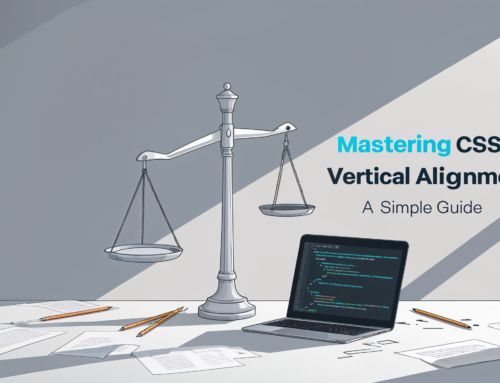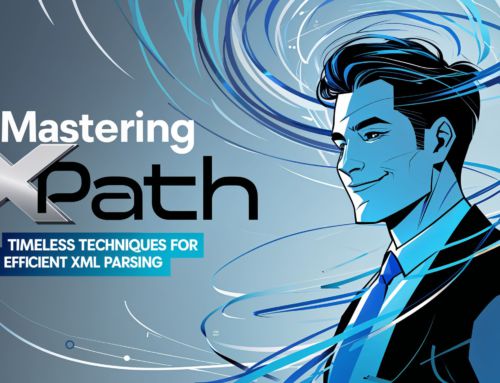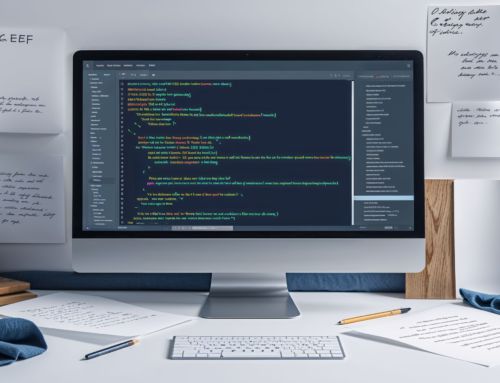Custom Software Pricing: Key Factors & Costs Explained
In today’s tech-driven world, businesses rely on software to streamline operations, enhance customer experiences, and gain a competitive edge. But when off-the-shelf software doesn’t quite fit, custom software becomes the go-to solution.
However, one big question often arises—how much does custom software cost? The answer isn’t as simple as quoting a fixed number, but don’t worry! In this guide, we’ll break it all down, from key factors affecting pricing to what you can expect in terms of costs.
What Determines the Cost of Custom Software?
The price of custom software varies widely depending on several factors. Just like building a house, costs differ based on size, features, complexity, and who you hire for the job.
Here are the biggest factors that influence pricing:
1. Scope & Complexity of the Project
The more features and functionalities you need, the more time and effort developers must invest, which increases the cost.
For example:
- A simple internal tool for automating reports might cost significantly less than a feature-rich eCommerce platform.
- Does your software need integrations with third-party apps? That adds to development time.
- Will it include AI or machine learning components? These advanced features require specialized expertise, which increases the price.
2. Development Team & Location
Who you hire and where they’re located plays a major role in pricing.
- Freelancers: Often offer lower rates, but quality and reliability can vary.
- Small development agencies: Provide a balance between affordability and quality.
- Large software firms: Charge higher rates but provide extensive expertise and support.
Geography also has a huge impact. Developers in North America or Western Europe charge significantly more than those in Eastern Europe or Asia due to differences in living costs.
3. Design & User Experience
A visually appealing and highly functional user interface requires skilled designers. If your project demands a polished, custom design with animations and interactive elements, expect additional costs.
4. Maintenance & Future Updates
Building the software is just the beginning. Over time, you’ll need:
- Bug fixes
- Security updates
- New feature enhancements
Many development teams offer ongoing maintenance plans, which should be factored into your budget.
Custom Software Pricing Breakdown
Custom software development doesn’t have a one-size-fits-all price tag, but here’s a rough breakdown of what different types of projects might cost:
| Project Type | Estimated Cost |
|---|---|
| Basic Web or Mobile App | $10,000 – $50,000 |
| Mid-level Business Software | $50,000 – $150,000 |
| Enterprise-level or AI-driven Solutions | $150,000 – $500,000+ |
Of course, these numbers are only ballpark estimates. Your specific project could fall outside of these ranges depending on various factors.
Ways to Optimize Your Software Development Budget
If budget is a concern, there are ways to manage costs while still getting a high-quality product:
1. Define a Clear Scope from the Start
Changing requirements mid-project can lead to higher costs. Clearly outline features and the end goal before development begins.
2. Prioritize Features
Not everything needs to be built at once. Start with a Minimum Viable Product (MVP)—a basic version with core features—and add enhancements later based on user feedback.
3. Choose the Right Development Team
Make sure you’re working with a reliable team that understands your vision and budget. Ask for references, check past work, and compare proposals before making a commitment.
4. Consider Offshore or Nearshore Development
Hiring developers from regions with lower labor costs can save money, but always ensure quality isn’t compromised.
Is Custom Software Worth the Investment?
Now that we’ve covered the costs, you might wonder—is custom software really worth it? The answer depends on your needs.
If existing software meets your needs, it might be the better choice financially. But if your business has unique requirements, custom software can:
- Increase efficiency by automating manual tasks
- Improve customer experience with tailored features
- Scale with your business as it grows
- Give you a competitive edge that off-the-shelf solutions can’t provide
In the long run, custom software can save time, reduce operational costs, and generate more revenue.
Final Thoughts
Custom software pricing can vary significantly based on the project’s scope, the team you hire, and the features you need. While the costs might seem high at first, the right software can streamline operations, enhance customer experience, and provide long-term business value.
If you’re considering developing custom software, start by defining your needs, setting a realistic budget, and finding a trustworthy development team. Invest wisely, and your business will reap the benefits for years to come!
Looking for expert guidance on your project? Get in touch with experienced developers and start turning your vision into reality! 🚀












Leave A Comment